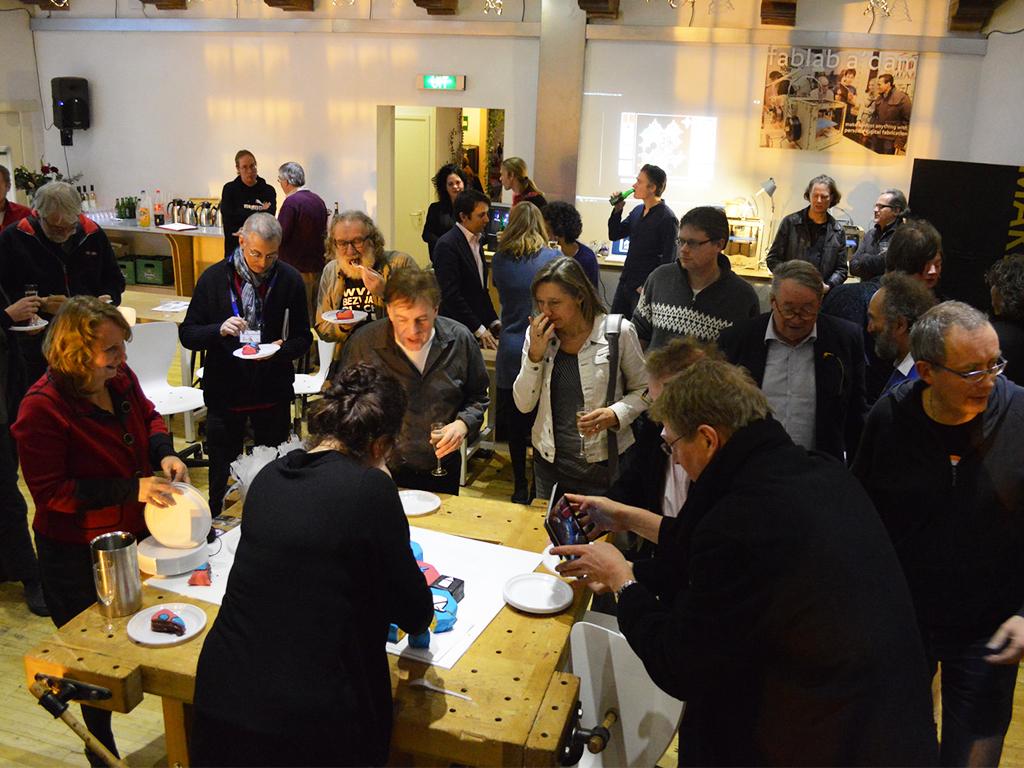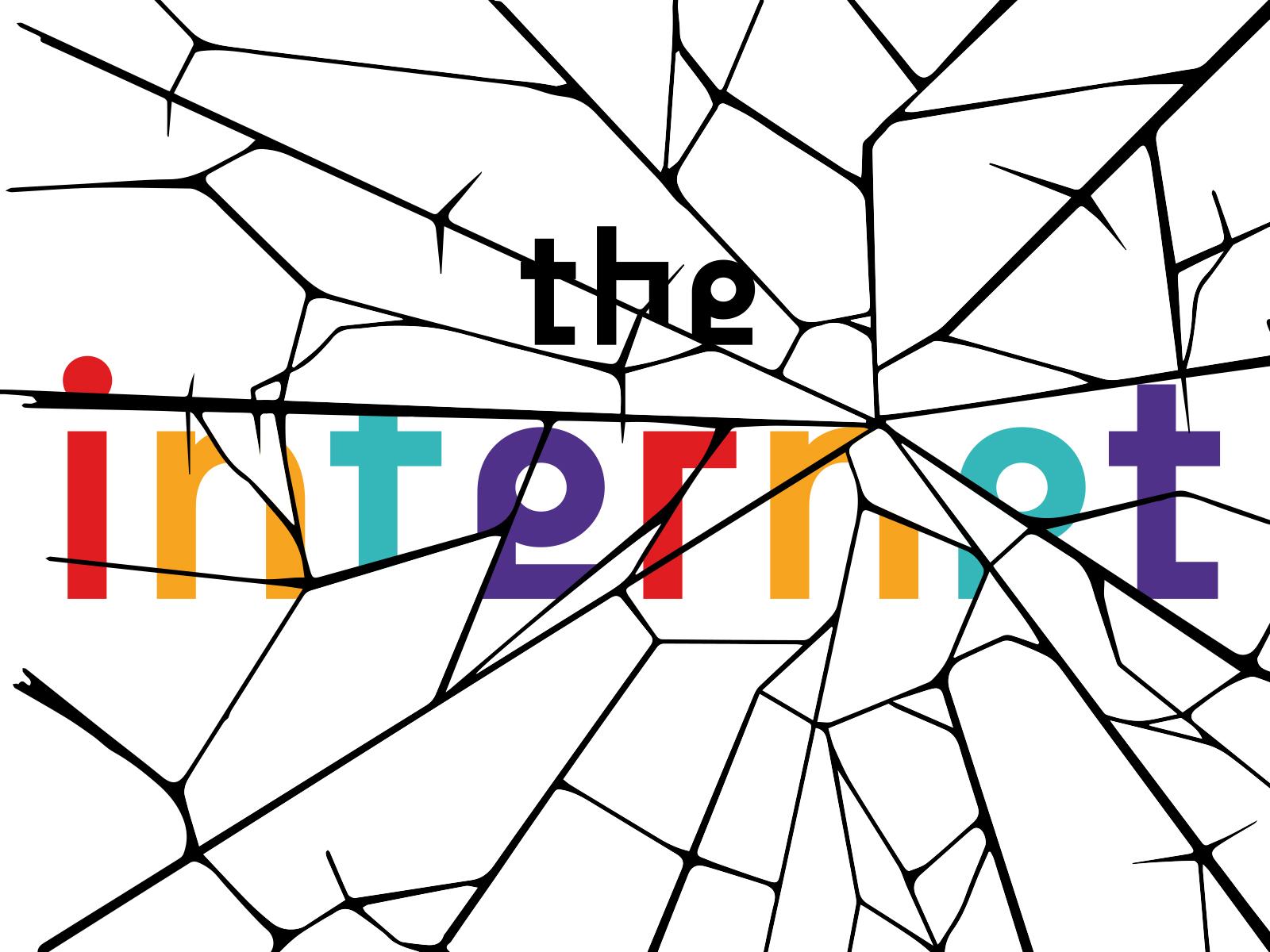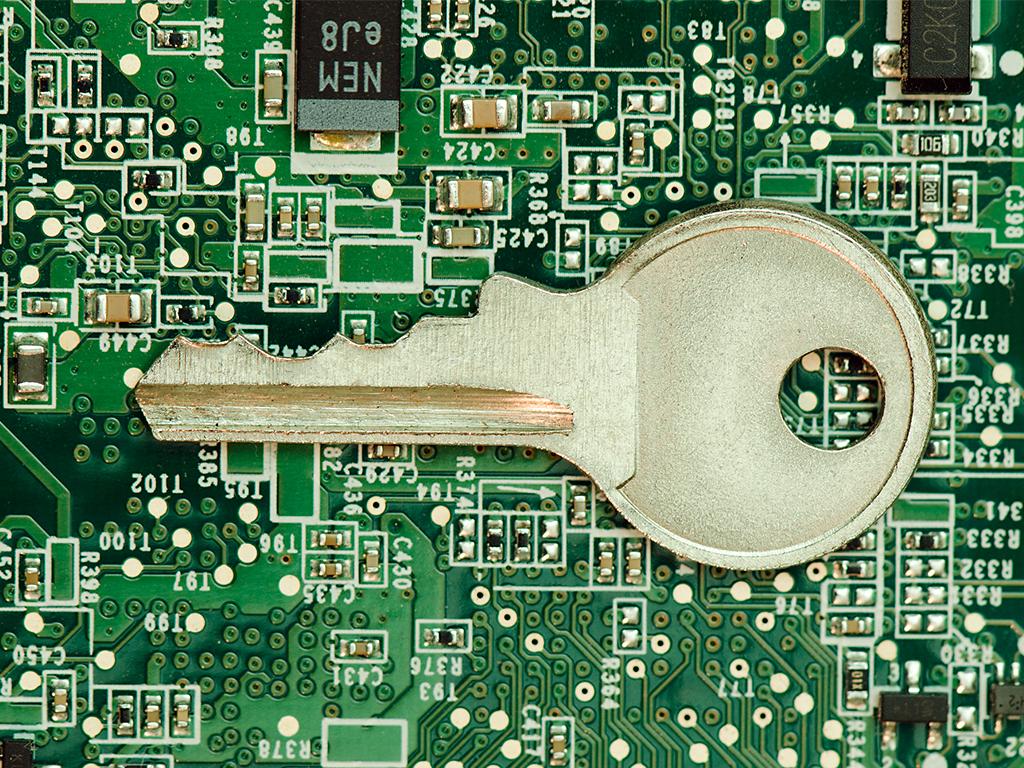The public Internet became 20 years old on Wednesday January 15. On that same day in 1994, De Digitale Stad (Digital City) opened its doors in Amsterdam. It’s time for a moment of reflection.
Let’s go straight to the point. The Internet of 2014 is broken. A quick look behind the scenes of the Internet technology will show you why. Making money has become the main motivation and keeps the system going nowadays. Or, as Marleen Stikker put it: “Shareholder value is preferred above useful technology”. Not even to mention the illegal surveillance and privacy scandals.
Conspicuous by its absence
But it’s not too late to intervene in this global situation. I was happily surprised to see that people from many different industries felt responsible and wanted to be part of the Let’s Fix The Internet program. Everyone was invited for this kick-off, to think along about the current state of the Internet and the possible solutions. Science, business and media were present. But also people from the design- and technology industries joined. The diversity of the people present at the event was just as versatile as the amount of different layers of the Internet. But there was one field of expertise conspicuously absent. The question "is there a politician present?" did not raise a single hand...
The main focus of this get-together was to discover the 'fixing' possibilities and how we can recapture the Internet as users. But how to find an answer on such a comprehensive question? It helps to ascertain that there will be no perfect answer, on the contrary: the problems are as many and varied as the solutions will be. We need to discuss the different angles, opinions, expectations and criteria.
Open mike
This shared feeling of responsibility was the starting point of the event and everyone got the opportunity to share their vision and questions at the open mike. One of the first speakers immediately catched the essence of the day: “Instead of focusing on our different opinions, we need to actually listen to what others have to say”. Many people were making use of the open microphone. A shared thought was that replacing the Internet might be a better solution then fixing it. In order to underline this statement, the comparison of building a house on a swamp was made. If the foundation is not good, your building will eventually collapse. That being said, we wondered if this means that we have to get rid of all those big server companies. Do we have to look for alternatives for the Internet? And how do you manage such a huge-scale project, when there are three billion Internet users who not only differ in culture but also in wishes, interests and intellectual legacy?
The typical Internet user doesn’t exist, everyone agreed on that. That brings us to a new subject: the digital freedom of choice that we all should have. In an ideal situation, every Internet user would have the freedom to determine his or her personal borders. We should be able to choose which personal information we are willing to share and above all, which information we want to keep private.
First steps
These were just a few elements of the Let's fix the Internet story. There is much to say and to improve about the current state of the Internet. The real challenge is to make the different themes explicit and to create a relevant roadmap. We summarized the most important insights in nine categories: alternative tools, replacing the Internet, conspiracy, infiltration & lobby, design & awareness, finance, user requirements and legislation. These themes are the core of the roadmap and the starting point for the Let’s fix the Internet campaign. The first steps have been made.
Find the photos of this event on our Flickr channel.



